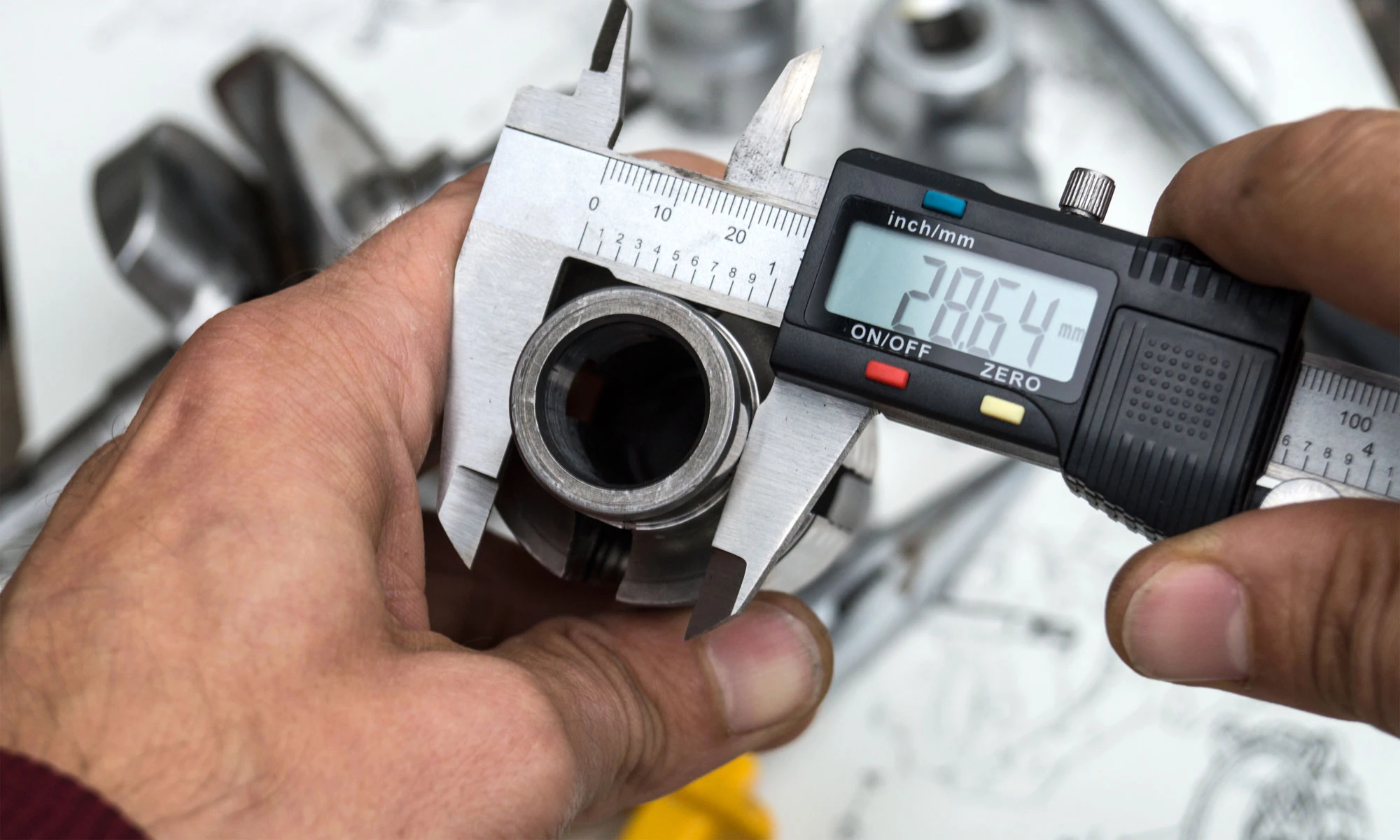Definition of functional tolerances
The aim of the tolerance extension is to reuse components that have experienced a certain mileage according to defined test criteria without causing faults in the new drive module.
The MCG Technical Product Management division has developed a method for expanding series tolerances and defining so-called functional tolerances. By viewing component drawings, the tolerance ranges of the series are determined and serve as the basis for calculating a tolerance extension. In order to validate the tolerance extension, it is absolutely necessary to collect and measure a statistical lot size of components of the same assembly in order to be able to make a statement about the wear on the mileage. The subsequent safeguarding of the components in the course of a hot test in the reassembled state is the last factor that confirms the tolerance extension.
The main challenge of the tolerance extension is to continue to guarantee the function of the components in the installed state without reducing the yield of the gained components too much. The impairment does not only refer to the mechanical aspect. It is also important to ensure that oil and fuel consumption is similar to that of a new engine. Another major challenge is emissions. Due to the strict emission laws, the exhaust gas values must be in the same range as for new engines.
Example camshaft
A striking example of the functional tolerance of a remanufactured component is the camshaft of an engine. Tests have shown that even after a short travel time, the diameter of the camshaft bearing points already moves outside the new part tolerance and would therefore be scrap for reconditioning. After a certain running time, however, the series deviation stagnates due to the running-in of the bearings to the bearing block. By means of engine endurance runs in the safety process and coordination with series development, a tolerance extension by the radio frequency tolerance dimension X was thus possible and the yield of reusable camshafts was increased.
The tolerance extension method enables automobile manufacturers to retrieve and recondition used vehicle components and thus creates a customer offer of less expensive replacement components with the same quality and warranty claim as a new part.

